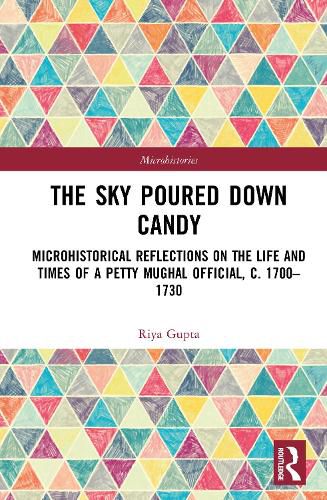Readings Newsletter
Become a Readings Member to make your shopping experience even easier.
Sign in or sign up for free!
You’re not far away from qualifying for FREE standard shipping within Australia
You’ve qualified for FREE standard shipping within Australia
The cart is loading…






Bringing together archival research and literary analysis, this microhistorical study explores the decline of the Mughal empire through the life of petty Mughal official Abdul Jalil Bilgrami as he navigated uncertainty amid the shifting currents of imperial power.
Illuminating the everyday realities of a fading dynasty on the Indian subcontinent, the book offers a deeply personal lens into Bilgrami's socio-cultural world. It also engages with broader questions of historical methodology, demonstrating how literary evidence, such as personal letters and poems, can breathe life into structural histories. By centering a lesser-known historical figure, it challenges conventional elite-centric narratives and underscores the value of microhistory in understanding larger historical processes.
This volume will appeal to scholars, students, and general readers of Mughal history, South Asian studies, microhistory, and global literary studies. It is an ideal resource for educators seeking to enrich their courses as part of these specializations and diversify their recommended reading.
$9.00 standard shipping within Australia
FREE standard shipping within Australia for orders over $100.00
Express & International shipping calculated at checkout
Bringing together archival research and literary analysis, this microhistorical study explores the decline of the Mughal empire through the life of petty Mughal official Abdul Jalil Bilgrami as he navigated uncertainty amid the shifting currents of imperial power.
Illuminating the everyday realities of a fading dynasty on the Indian subcontinent, the book offers a deeply personal lens into Bilgrami's socio-cultural world. It also engages with broader questions of historical methodology, demonstrating how literary evidence, such as personal letters and poems, can breathe life into structural histories. By centering a lesser-known historical figure, it challenges conventional elite-centric narratives and underscores the value of microhistory in understanding larger historical processes.
This volume will appeal to scholars, students, and general readers of Mughal history, South Asian studies, microhistory, and global literary studies. It is an ideal resource for educators seeking to enrich their courses as part of these specializations and diversify their recommended reading.